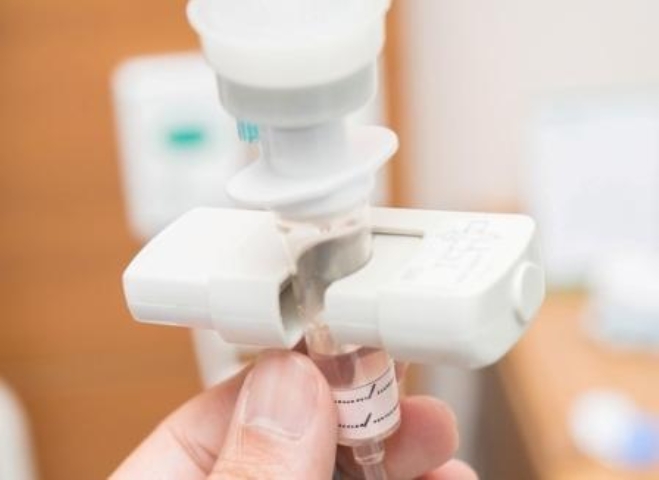Well, what if you could put that medication not just under the skin or in a muscle to numb it up? What if you were to put it straight into your veins and have it circulate throughout your entire body? This is where lidocaine infusions come in. Intravenous lidocaine infusions have been shown to be beneficial in the treatment of many chronic pain diagnoses which have been resistant to more traditional therapies, especially for neuropathic pain (or pain that is coming from nerves). Common neuropathic pain states that have been treated include: post- stroke pain, peripheral neuropathy, diabetic neuropathy, complex regional pain syndrome, trigeminal neuralgia, atypical facial pain, shingles pain, headache/migraine, and fibromyalgia.
Much is still being learned about how lidocaine infusions work but we know it acts much like the “ctrl-alt-delete” or “reset” button on a computer within your nervous system. It doesn’t take all your pain away, but it helps reduce the constant barrage of nerves firing which is interpreted as pain
So what does a lidocaine infusion entail? First, talk to your health care provider if a lidocaine infusion is right for you. If you have an arrhythmia (irregular heart beat), seizures, allergy to lidocaine, or certain other health care concerns a lidocaine infusion is not for you as it could worsen these conditions. If you and your provider feel lidocaine is a good option you can expect to check in like you normally would at the doctor’s office. A nurse will get you and start your IV as you settle into a comfy chair, where we monitor your heart rate, blood pressure, and oxygen. A physician will then meet you, discuss what to expect, along with risks, and benefits.
The infusion itself is only 30 minutes followed by 30 minutes of recovery where your vitals will continue to be monitored. Before you leave, you will be given a pain diary to log your pain level and other symptoms (like sleep, activities of daily living, etc.) over the next month. Your healthcare provider will then want to meet you in 1 month to follow up. It is often found that repeat infusions improve pain control better and are recommended if any form of improvement is seen during the first infusion. Infusions can be done as close as 4 weeks.


